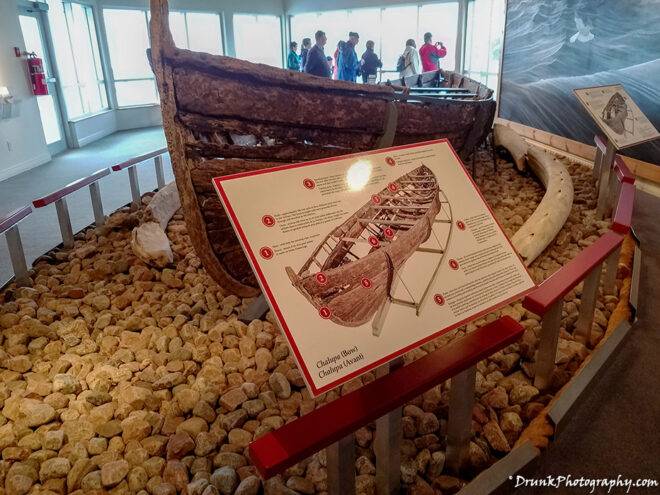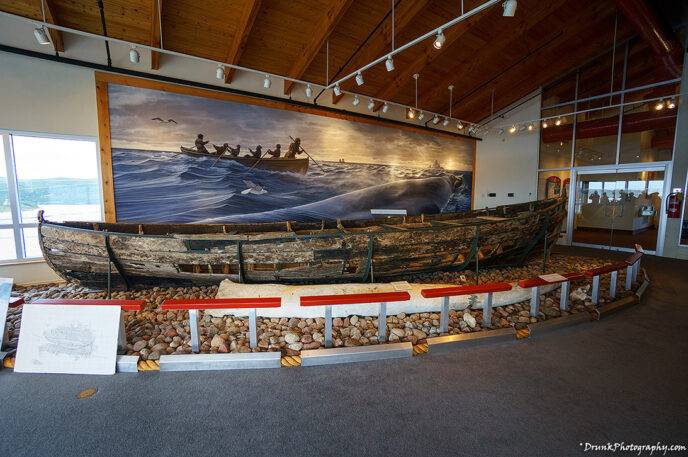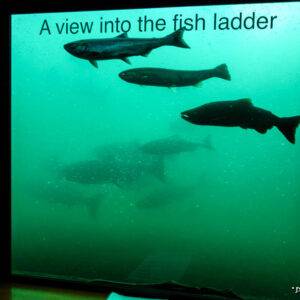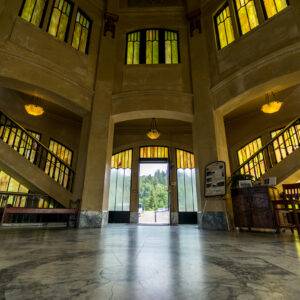CHALUPA and its significance to whaling in Labrador
NL, Canada

When you think of a Chalupa, you’re probably thinking about that mess at Taco Bell, or the traditional food that is from Mexico (which is NOT the same as what you see in Taco Bell). At any rate, to the Spaniards who sailed to Labrador, Canada, a Chalupa is a specially designed boat used for commerce. That was a very funny thing I learned when I heard the guide call the boat that, I thought I was hearing things. I like when I go on vacation and learn something.

In the mid-1500s, Red Bay attracted many Basque sailors from both Spain and also France to this area of Labrador, Canada. First, I knew that the Basque people were from the Basque Country, which is in Spain, but I had no idea that there were French Basque too. Well, both groups were supremely talented in WHALING (hunting and harvesting whales), which made this a very important and lucrative expedition for them. They came via the Strait of Belle Isle in search of whales, because very popular for various products, but most notably, the oils they could make from them. These were burning oils so they could export that for use all throughout Europe, for use in stoves and lamps (remember, they didn’t have electricity in the 1500s). The two types of whales that were most common to the area were the Bowhead and Right whales.

The whalers hunted with traditional harpoons, but what they sailed in were small but advanced boats they called “CHALUPAS“. They were about 26 feet long by 6.5 feet wide (8 meters by 2 meters for you Europeans and Canadians). The Chalupa was a vital part of whaling from the hunting stage to bringing it all back to shore. It is not just a boat though, it featured a unique design in bow’s stem to stabilize the line, they featured oars on the side and the back (a steering oar). The plank’s design was an edge to edge design (carvel plank) below the waterline and clinker. The inside featured thick seats which are also to further secure the boat. There were 7 of them because these sat 7 people, It contained a mast, fairleads and such through carefully woven ropes and sheets through well-placed holes, fastened with iron nails. These made this design uniquely Basque. Think about it, they seriously had to put a lot of thought into these boats because they were expected to hunt actual whales in the 1500s! Amazing history! A beautifully preserved one is sitting in the interpretation center for viewing.

As always, the finished products can be found on the main site of www.drunkphotography.com.


